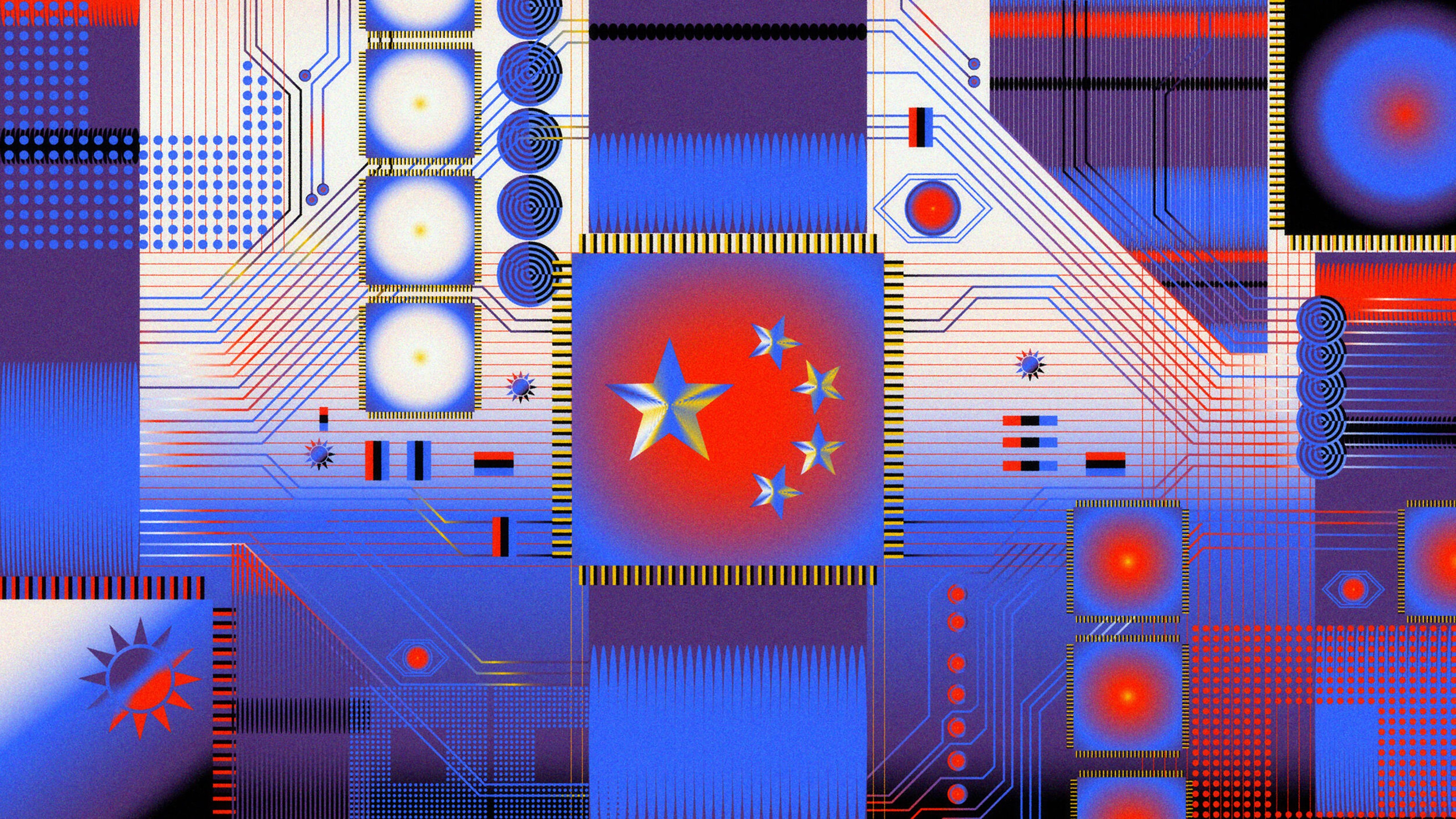Carter Center Helps To Wipe Out Guinea Worm

The Carter Center, the home base of ex- president Jimmy Carter, is best known for its peace summits and election observers. But the Atlanta based organization has used its ability to reach into the most remote areas of the globe to fight terrible afflictions like Guinea Worm disease. 20 years ago, the infection affected 3.5 million people around the world. Today, the number of people suffering from it worldwide has been reduced to less than 5,000.
Guinea Worm disease, according to the Directors of Health Promotion and Education, is a parasitic worm infection that occurs now mainly in Africa. There is no medication that is known to work against the larvae once it enters the human host . Removal of the adult worm from a victim is a slow and tedious process that requires the caregiver to slowly twist the worm’s body around a match sized stick, a little at a time on a daily basis. With worms growing to as long as three feet in length, the process sometimes takes several weeks. Failure to remove the entire worm can result in a severe infection.
“The Carter Center has had this almost as a unique commitment when other people didn’t want to fool with it because it was so ugly and entrenched,” President Carter said during an interview this fall.
This debilitating disease often stops its victims in their tracks, subjecting them to pain so intense they usually cannot work, and in some cases, are unable to even walk. This Time magazine photo essay shows, in the space of few candid pictures, the damage the disease has on its victims and the devastating effect it has had on remote African villages. To put the enormity of this effort into perspective, the last worldwide malady to be eradicated was smallpox.
“The drive to eradicate Guinea worm disease is one of the world’s most impressive global health success stories. Using simple inexpensive tools, The Carter Center and its partners have spared millions of people from the suffering caused by this disease.”
Bill & Melinda Gates Foundation
Jimmy Carter’s involvement in this cause may have helped considerably to speed the progress WHO and the CDC had been making towards wiping out guinea worm infestation. The obstacles this coalition of organizations faced in Sudan, Ghana, Mali, Ethiopia, Nigeria, and Niger were not only social and behavioral ones. Carter’s instant credibility with heads of state and high ranking diplomats seemed to be a catalyst in gaining the support of local governments, and in urging community health providers to participate in the project.
Dr. Donald Hopkins, vice president for health programs at the Carter Center, said their success came largely from relying on the old-fashioned public health tactic of educating people about changing their behavior.
It is amazing, in a time where the industrialized world relies so heavily on technology and intensive research to achieve any significant advances in the overall physical wellbeing of its population, that the relatively simple solutions promulgated by world health organizations in the fight against the guinea worm has brought such dramatic results to so many people so quickly.





